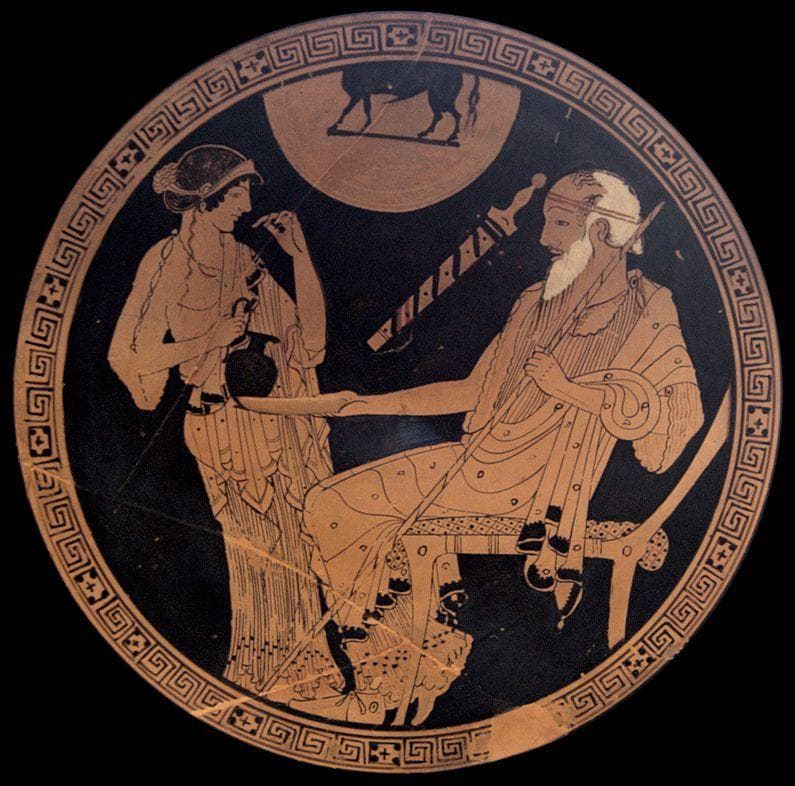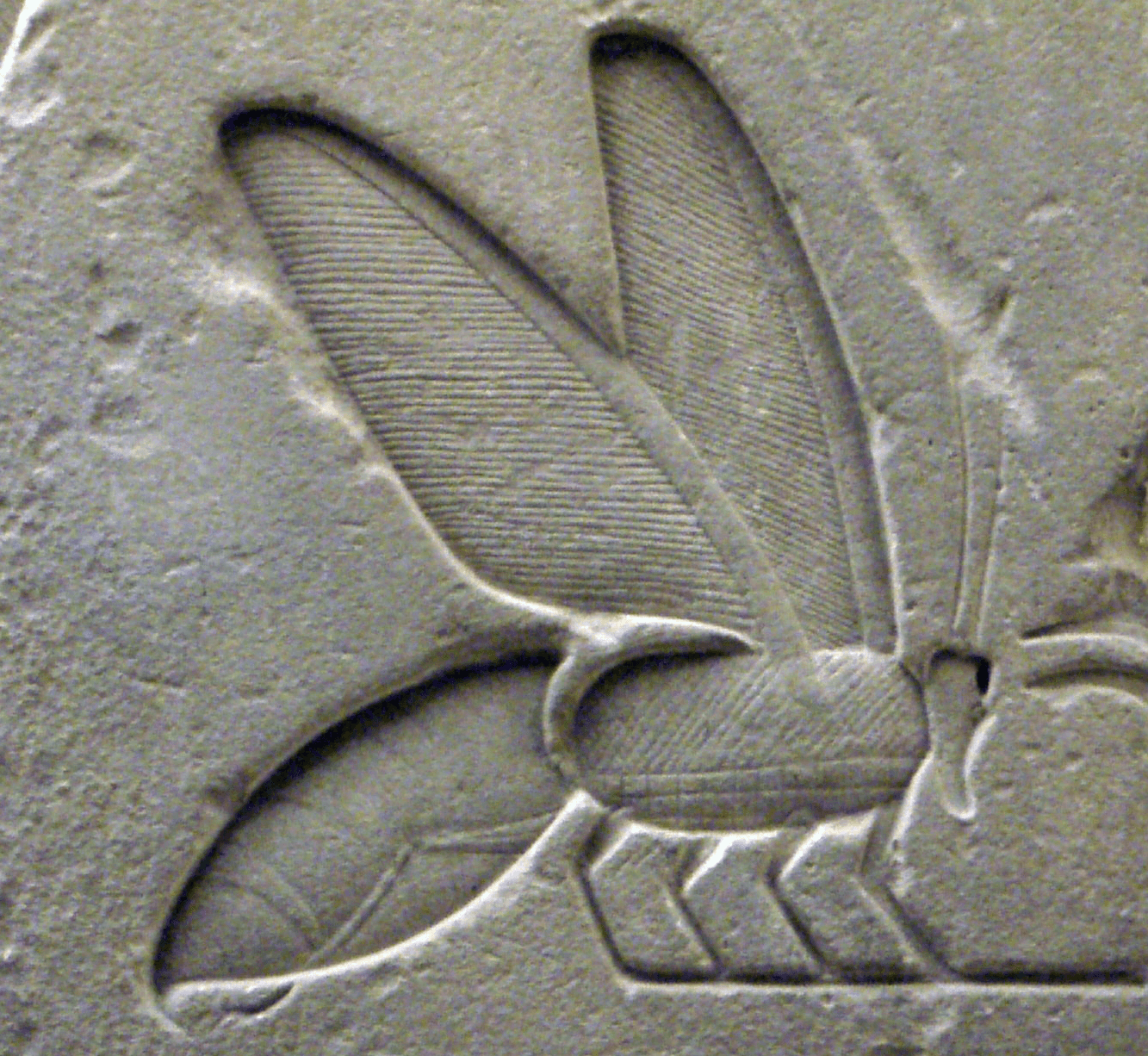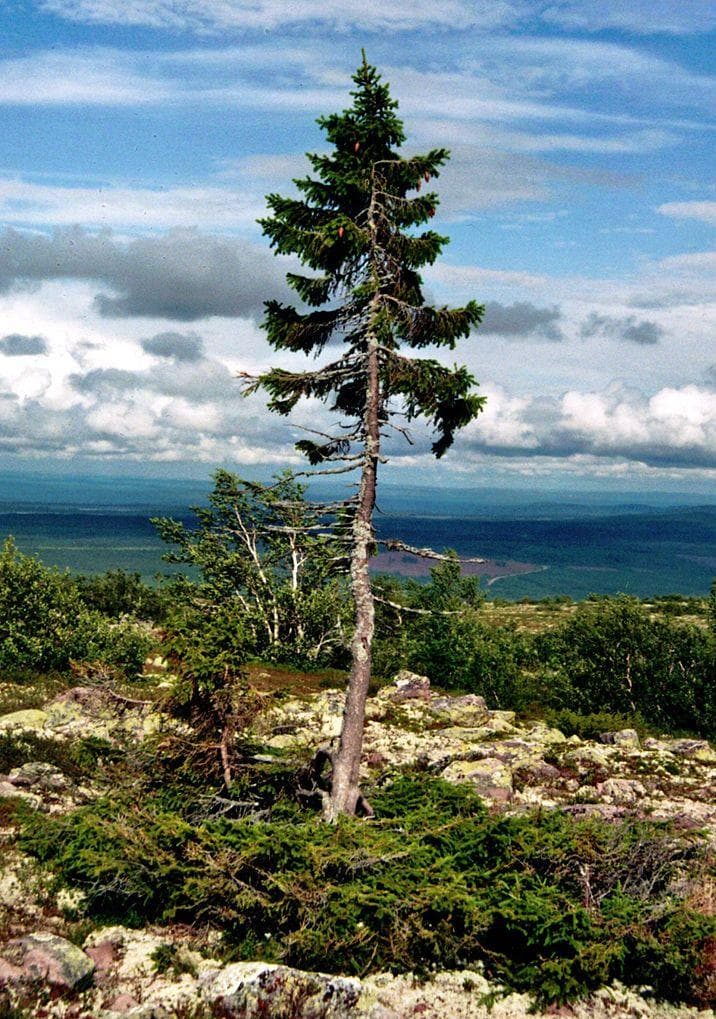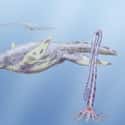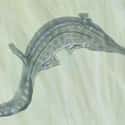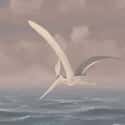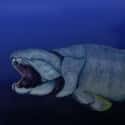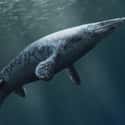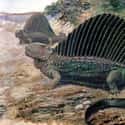-
(#5) Plesiosaurus
- Plesiosaurus dolichodeirus
The inspiration for the Loch Ness monster, the long-necked plesiosaurs were a group of marine reptiles whose unique appearance made quite an impact on the collective unconscious. Plesiosaurs were a diverse group of animals, some of which had much shorter necks than the most commonly depicted species. The plesiosaurus was one of the first fossils ever to be discovered, so this animal has a long history in the paleontological world.
It is believed that they developed their long necks in order to easily scavenge food from the sea floor. Despite many inaccurate representations, plesiosaur necks were actually pretty inflexible. Researchers have also determined that these odd animals most likely swam in a way that would look pretty similar to modern penguins.
-
(#11) Prionosuchus
This crocodile-like creature is neither dinosaur nor any type of reptile, but is actually an amphibian. They are the largest amphibians ever discovered, with some specimens growing to 30-feet in length. Prionosuchus lived before the dinosaurs during the Permian period and likely behaved like modern crocodiles. They were ambush predators, waiting for the right moment to snatch up their prey.
-
(#6) Pteranodon
Another member of the pterosaur family, the pteranodon was the much larger cousin of the pterodactyl. They had a massive wingspan that could stretch to twenty feet. Pteranodon was sexually dimorphic, meaning that both sexes had their own distinct appearance. The males were much larger than the females and sported a large, bony crest at the back of their skulls. It is believed that they lived by the coast, possibly dipping close to the water to scoop fish into their massive bills like pelicans.
-
(#12) Dunkleosteus
This leviathan is about as prehistoric as you can get. Dunkleosteus is an extinct species of armored fish that could grow to 33-feet in length and had the strongest bite force of any animal ever. Researchers crunched the numbers and determined that, at the tip of the tooth, dunkleosteus had a bite force of about 8,000 per square inch. They lived over 400 million years ago and it's likely that dunkleosteus was the most dominant predator to have evolved at the time.
-
(#3) Mosasaurus
Although these aquatic reptiles are featured in the movie Jurassic World, they didn't live during the Jurassic period and aren't true dinosaurs. Mosasaurs are thought to have evolved in the early Cretaceous period, the last epoch before the extinction event that wiped out most large life forms.
These giant sea-lizards were ferocious predators known for their powerful bite, but they were also highly evolved and sophisticated organisms. Mosasaurs are believed to have been warm-blooded, much like their dinosaur cousins, and there is evidence that they gave birth to live young.
-
(#2) Dimetrodon
Contrary to popular belief, the sail-backed dimetrodon is not a dinosaur. It's actually a synapsid, a group of animals that is much older than the dinosaurs and a precursor to modern mammals. If you look far back enough in your family tree, eventually your relatives will start looking a lot like dimetrodon.
Dimetrodon thrived during the Permian era, 35 million years before the first dinosaurs had even evolved. There were many different species, but the largest and most famous was a 10-foot long monster. They had serrated teeth perfect for carving flesh, making them one of the Permian's most successful predators.
New Random Displays Display All By Ranking
About This Tool
The earth has existed for about 4.5 billion years. With the current technology, it is still impossible to explore the history of the prehistoric animals that once existed on this planet. When it comes to ancient flora and fauna, most people know only the dinosaurs that already extinct a long time ago. There are many ancient animals people should know, who have shared the world with humans and other species.
With the exploration of the earth, humans have discovered some prehistoric creatures that still exist today, some have experienced multiple periods of evolution to adapt to the changing survival environment. The random tool introduced 12 famous prehistoric animals.
Our data comes from Ranker, If you want to participate in the ranking of items displayed on this page, please click here.



